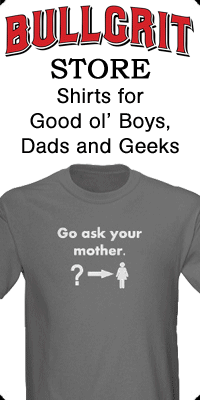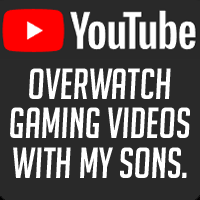Marvel Super Heroes – board game review
One of my gaming buddies brought this new game home from Origins (gaming convention) last week. He had played it a few times at the convention, but last night was our game group’s first chance to see and play it.
The board is an abstract map of New York City, with the five boroughs each divided into four neighborhoods. The players each control a team of Marvel super heroes:
– Avengers – Captain America, Iron Man, Thor, Hulk
– X-Men – Cyclops, Storm, Wolverine, Jean Grey
– Fantastic Four – Mister Fantastic, Invisible Woman, Thing, Human Torch
– Marvel Knights – Spider-Man, Daredevil, Electra, Doctor Strange
Each player also controls the nemesis of the player to his right:
– Red Skull is the nemesis of the Avengers
– Magneto is the nemesis of the X-Men
– Doctor Doom is the nemesis of the Fantastic Four
– Kingpin is the nemesis of the Marvel Knights
Already you see how complicated this game will be: each player controls five characters. The playing pieces are painted, plastic minis similar to (as good as or better than) HeroClix minis. But there are more parts of the game; lots more parts. There are six stacks of cards (not counting the character stat cards): Story cards, Villain cards, Resource cards, Scene cards, hero Power Up cards, and villain Power Up cards. There are also several varieties of markers to keep track of things. And finally, there’s the dice. Eight six-sided dice with hit and miss markers instead of pips or numbers.
The play of the game has five rounds of five stages. For each stage, the player has a choice of five actions, and each action can have several choices. Did I mention this game is complicated? You take on challenges, called “troubleshooting,” to earn Victory Points to win the game.
Troubleshooting is basically battling villains, sometimes including your team’s arch villain. Each player chooses villains and powers for villains to oppose the hero player whose turn it is. The hero player chooses one of three options for the battle, another player chooses options for the villain, and the results of the actions are determined by rolling the dice. These battles can be decided in one roll of the dice, or they can last several rounds of actions.
Unfortunately, it’s difficult to set up a battle where your characters can handle a scene as a team. And even when you do get the team together, the game mechanics don’t really let you play the heroes as a single unit. It’s more like a tag team battle, where one hero fights the villain at a time. Most of the scenes we played in our first games had just one hero dealing with the villains at a time, usually with another hero in support position. The support position gives surprisingly little help in battles. The game mechanic feels more like moral support than any actual help. It seems that the best way to succeed at the scenes (defeating the villains) is to put in your hardest hitting hero and just slug it out by rolling lots of dice. The more subtle heroes aren’t as much use in troubleshooting the scenes.
The game is convoluted. There are so very many options and choices each round. And if you forget something in one stage of the round, it can totally screw up the following stages.
Fortunately the game does feel like a Marvel comic book story. The flavor text on the cards is right in the style of mighty Marvel action. In the abstract, the game feels like a comic book story. But in the specific mechanics, the game bogs down the play in a morass of choices and decisions. (I do see the irony of this complaint coming from someone who loves role playing games; RPGs usually have hundreds of pages of rules in hardback books.)
I would like to play this game again, now that our group is used to the rules and flow of the mechanics. It was taking us a long time to play each round (of five stages). Maybe the next times we play will go faster.
All in all, it is not a bad game. It has great feel for the setting, but it is very complicated—the complication of play goes against the grain of the feel. It’s not a game you can pick up and play in an hour or so. Just setting up the board, cards, and teams can take many minutes. But it’s not a great game. If it were only one-fourth as convoluted, it could be a great game.
Bullgrit
bullgrit@totalbullgrit.com






 Categories:
Categories: 





